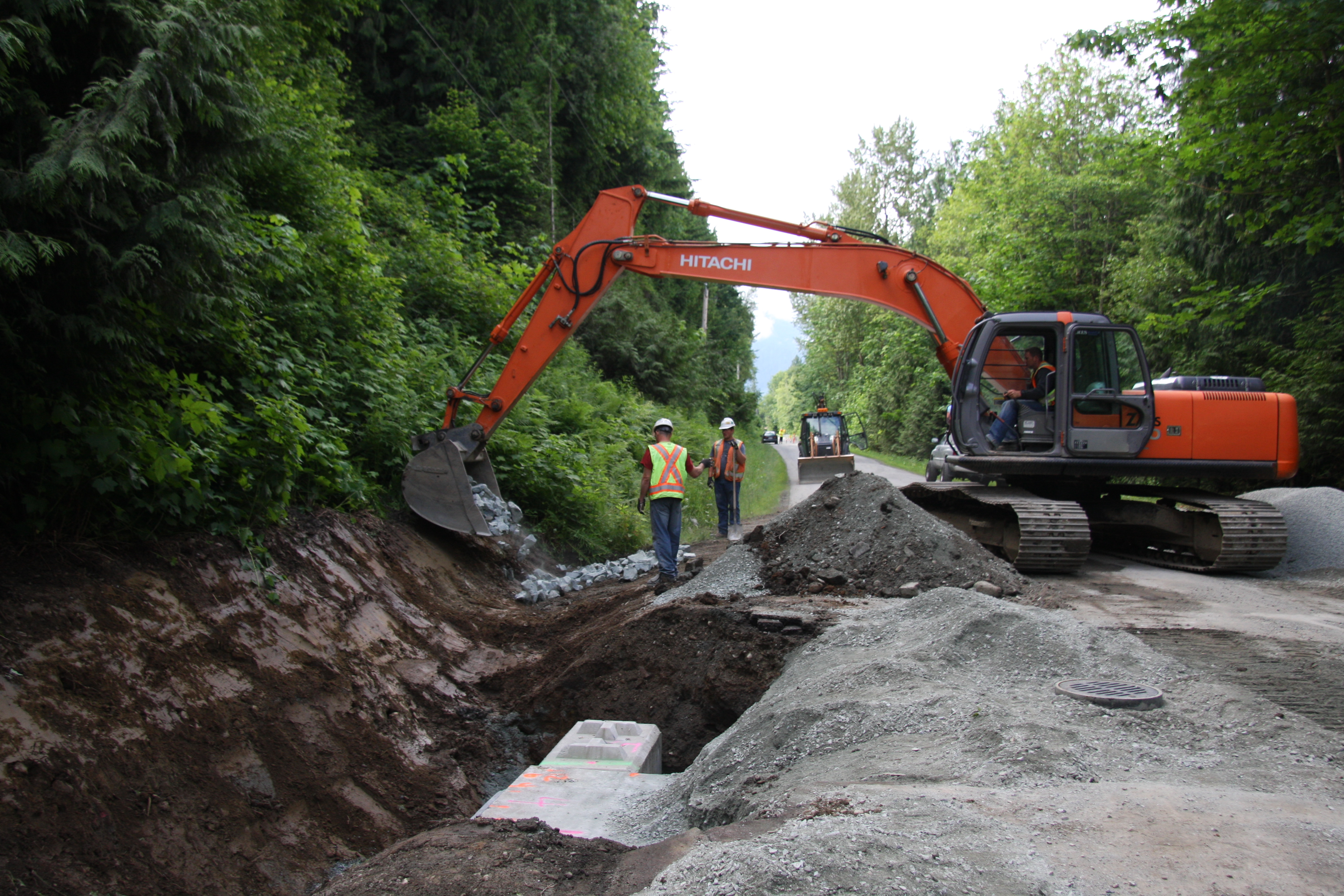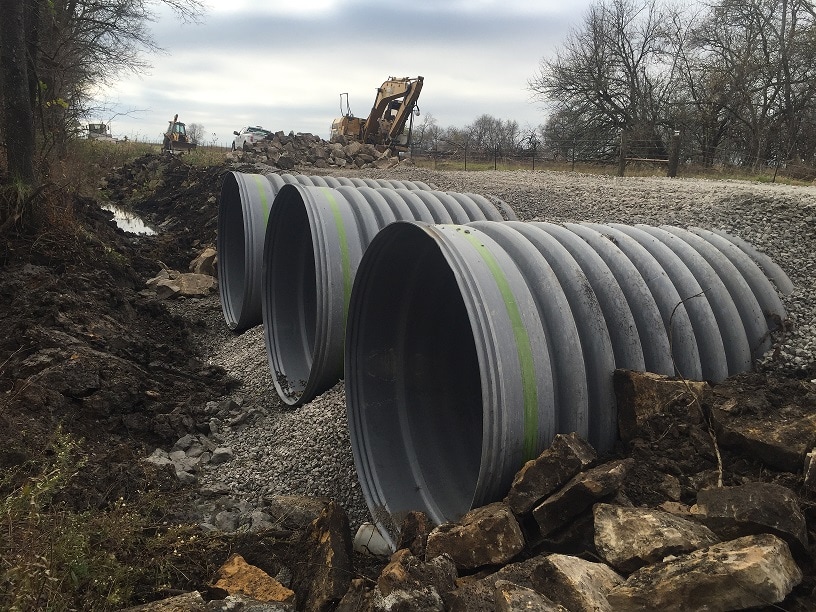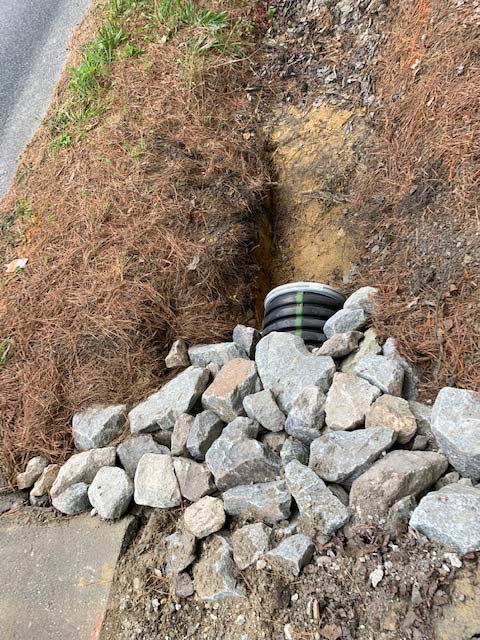High Quality Road Construction for Long-Lasting Roads
High Quality Road Construction for Long-Lasting Roads
Blog Article
Attain Success With Culvert Installment: Finest Practices Revealed
Installing culverts is an important element of framework advancement, calling for accuracy and adherence to ideal methods for lasting success. Whether taking on a new job or keeping existing culverts, the procedure demands careful interest to information. From the preliminary product choice to the lasts of upkeep, each action plays an important role in the performance and long life of the culvert system. In this discussion, we will certainly discover crucial strategies, ideas, and standards that can considerably impact the outcome of culvert setups. Understanding these key factors is extremely important in making certain the structural stability and efficiency of culverts, making it necessary for professionals and lovers alike to comprehend these foundational principles.
Proper Material Option

Concrete culverts are known for their stamina and longevity, making them ideal for heavy traffic areas and large water flow volumes. Corrugated steel culverts are light-weight and very easy to mount, perfect for short-lived applications or scenarios requiring a quick remedy. Plastic culverts are light-weight, corrosion-resistant, and cost-effective, making them a preferred selection for different culvert installations. Composite products provide a combination of buildings from different materials, providing a personalized solution for specific job demands. Eventually, choosing the appropriate product is important to make sure the culvert system operates successfully and has a long service life.
Website Preparation Tips
Efficient site prep work is necessary for the successful installment of culverts, making sure appropriate integration with the surrounding setting and long-term capability. Before starting the installation procedure, it is essential to conduct a complete website assessment to establish the ideal dimension, type, and placement of the culvert. Clearing the area of any type of particles, greenery, or obstructions is the initial action in site preparation. This guarantees a tidy and level surface area for the culvert to be mounted.
Next, the dirt conditions should be examined to evaluate the security and load-bearing capacity of the ground. Depending on the soil type, additional steps such as compaction or support might be needed to avoid settling or moving of the culvert in time. Correct drainage factors to consider should additionally be taken into account to avoid water build-up around the culvert, which can lead to disintegration or architectural damage.
Last but not least, developing appropriate accessibility to the site for building devices and ensuring conformity with any regulative needs are essential facets of site prep work. By following these site preparation ideas, the setup of culverts can be accomplished effectively and successfully, promoting the long life and capability of the culvert system.
Installation Methods

To start with, it is essential to accurately measure and note the area where the culvert will be installed. This makes certain appropriate positioning and avoids any mistakes during the installation stage. Excavation must be done thoroughly to create a secure structure for the culvert. The trench must be dug to the right depth and width, taking into account the dimension and kind of culvert being mounted.
Next, the culvert ought to be placed in the trench following the supplier's standards. Proper positioning is essential for the performance and durability of the culvert. Backfilling the trench with the proper material and compacting it in layers is the last action in the installation process. This ensures the culvert is securely in area and prepared to withstand the demands it will certainly encounter. By complying with these setup techniques faithfully, the culvert will be successfully set up, adding to the general success of the task.
Maintenance Standards
After finishing the careful installment of culverts complying with appropriate methods, adherence to maintenance guidelines is vital to ensure their long life and functionality. Routine evaluation is vital to identify any indications of wear, obstructions, or structural damage at an early stage. Examinations must consist of examining for sediment accumulation, erosion around the culvert sides, and any signs of rust or rust. Clearing up particles, such as branches or leaves, from the inlet and electrical outlet regularly is important to avoid obstructions that might result in flooding.
In addition, keeping proper slope and alignment of the culvert is essential for effective water flow and to avoid potential obstructing. Road construction. Any vegetation near the culvert should be taken care of to avoid root breach and obstructions. In locations vulnerable to freezing temperatures, carrying out winter season upkeep practices such as ensuring correct water drainage to avoid ice accumulation is vital
Regular maintenance not only expands the life expectancy of culverts but likewise guarantees they work effectively in managing water flow, reducing the threat of you could look here damage to infrastructure and surrounding areas.
Troubleshooting Common Issues
Resolving common problems that might arise with culverts requires a methodical strategy and cautious analysis of the underlying causes. One constant trouble run into is blockages within the culvert, frequently brought on by debris buildup or sediment accumulation. To fix this concern, regular assessments and upkeep are important to guarantee correct performance. Furthermore, improper setup causing misalignment or insufficient incline can cause water circulation disturbances and even structural damage. By examining the culvert positioning and slope on a regular basis, possible concerns can be identified and fixed without delay.

Conclusion
In final thought, attaining success with culvert installation calls for careful factor to consider of product selection, extensive website prep work, correct installation methods, and regular upkeep. By adhering to best techniques and troubleshooting common problems, from this source the integrity and functionality of culverts can be made certain. It is necessary to stick to standards and suggestions to stop any kind of possible problems and guarantee the durability of the culvert system.
Report this page